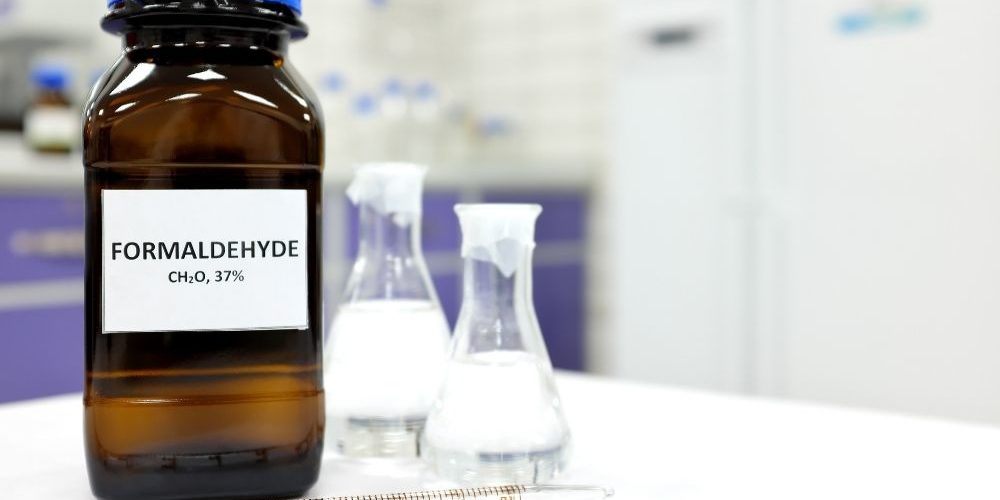Due to the industrious nature of formaldehyde manufacturers, it’s not uncommon for rumors and misinformation to be spread about formaldehyde concerning whether it is dangerous. In fact, many people don’t even realize that chemicals like formaldehyde are naturally present within our own bodies, let alone many of the products we use in our daily lives. Allow us to better inform you to debunk myths about the dangers of formaldehyde.
Defining Formaldehyde
Formaldehyde is a colorless gas with a strong aroma that many people describe as pickle-like, though not in an appetizing way. This displeasing aroma is the first reason people are so put off and wary of formaldehyde, as your senses are certainly telling you to avoid it. Formaldehyde is commonly used as a preservative in pharmaceuticals, cosmetics, and even mortuaries—in fact, you may remember formaldehyde best if you took a biology class that included dissection. Some other places you can find formaldehyde include:
- Manufactured wood products like furniture, cabinets, and laminated flooring.
- Household products like detergent and glue.
- Cigarette smoke and other tobacco products.
- Medicines, vitamins, and vaccines.
- Preserved foods.
Formaldehyde Dangers
So, having described what formaldehyde is and what it’s used for probably hasn’t done much to debunk myths about the dangers of formaldehyde. However, the key is in the quantity of formaldehyde. After all, even too much of a good thing can be bad for you. But as we’ve mentioned, formaldehyde is a naturally occurring chemical within the body that is important because our body naturally detoxifies and converts it into formate—a critical chemical used in creating DNA and amino acids that cells require.
So, a little exposure to formaldehyde is no big deal. You may experience slight irritation to your eyes, nose, and throat due to the intense odor, but consuming the small amounts, such as when you receive a vaccine, is completely harmless. High exposures to formaldehyde, however, have been linked as a cause of some forms of cancer, such as lung cancer as a consequence of years of smoking.
Formaldehyde Exposure
If you want to mitigate your body’s exposure to formaldehyde, there are some good and simple ways to do so. These precautions include:
- Don’t smoke. This one’s easy if you already don’t have a habit, but for those currently smoking, this is yet another compelling reason to quit. Smoking indoors releases formaldehyde in an enclosed space where you’re exposing yourself and your family through secondhand smoke.
- Keep your house ventilated. Airing out your home can keep formaldehyde from building up, especially if pressed wood furniture or flooring in your house.
- Wash new garments. You should always launder new clothes and fabrics that may contain formaldehyde to preserve their condition.







